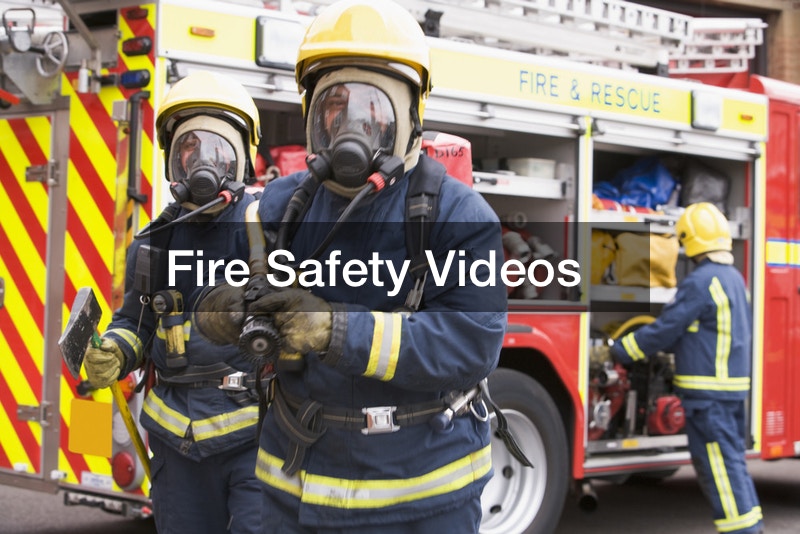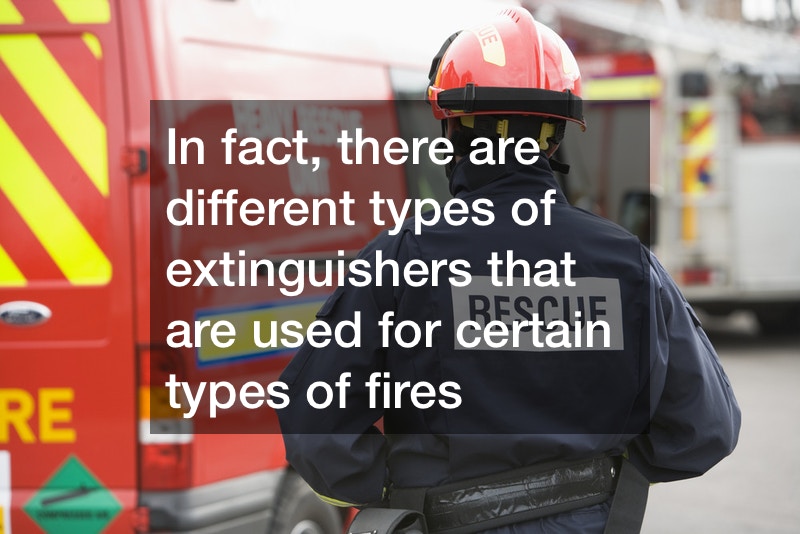
There is a lot that needs to be taken into account when it comes to planning fire and safety protocols for your home or your business. Every member of your family needs to be protected and be able to benefit from your fire alert system. Likewise, every business owner needs to ensure their employees and customers are kept save in the event of a fire.
According to the most common fire department safety tips several key factors need to be included in any fire safety plan. First, smoke alarms and fire detectors need to be present and properly installed and maintained. Second, sprinkler systems used in public places need to be set up according to building codes and safety protocols. A fire escape plan needs to be in place for family members and an official evacuation and fire safety plan need to be displayed in public areas on commercial property. These basic steps can go a long way in keeping people safe in the event of a fire.
There are many other fire prevention facts and tips to learn. Looking up fire safety education protocols online or talking to the local fire department or emergency service can also help. These experts can ensure you and those in your home or business are kept safe.

Safety should always be a top priority in a work environment. Business owners have an obligation of making sure their employees are safe from a number of different hazardous that various work environments are associated with. Fire safety videos are especially helpful because they teach people how to deal with certain situations that involve a fire. There are fire safety videos, as well as classes, that teach people how to deal with certain dangerous scenarios. It’s not uncommon for fire safety videos to save lives. Furthermore, you can search fire sprinkler calculation software free download, as well.
There are several different fire categories, all of which must be dealt with in certain ways. Class A fires involve regular items, like paper, cardboard, wood, and plastics. Fire safety videos instruct people on how to deal with fires that involve regular items. Class B fires involve liquids that are combustible. For example, oil, kerosene, certain solvents, and petroleum products, are all combustible liquids. Dealing with class B fires involves specific solutions, which are taught with fire safety videos. Class C fires involve electrical equipment and appliances, such as panel boxes and power tools. Fire safety videos instruct people on how to deal with several different classes fires.
In fact, there are different types of extinguishers that are used for certain types of fires. It’s important for employees to know the difference between extinguishers that are used for combustible liquids and extinguishers that are used for electrical fires. Fire safety videos also instruct people the proper evacuation techniques as well. Every workplace must have an evacuation plan posted, and practice runs are needed to get everyone aware of the procedures for safely exiting a building.
Some companies provide consulting services along with fire safety videos for additional education that benefits people in the workplace. Preventing fires is another factor that fire safety videos cover as well. Workplaces can be inspected in order to determine whether or not a workplace is safe. Finding more information about fire safety videos and classes that are offered by professionals is accomplished by looking in social networks, forums, and blogs. Increasing the safety of a work environment benefits everyone.

